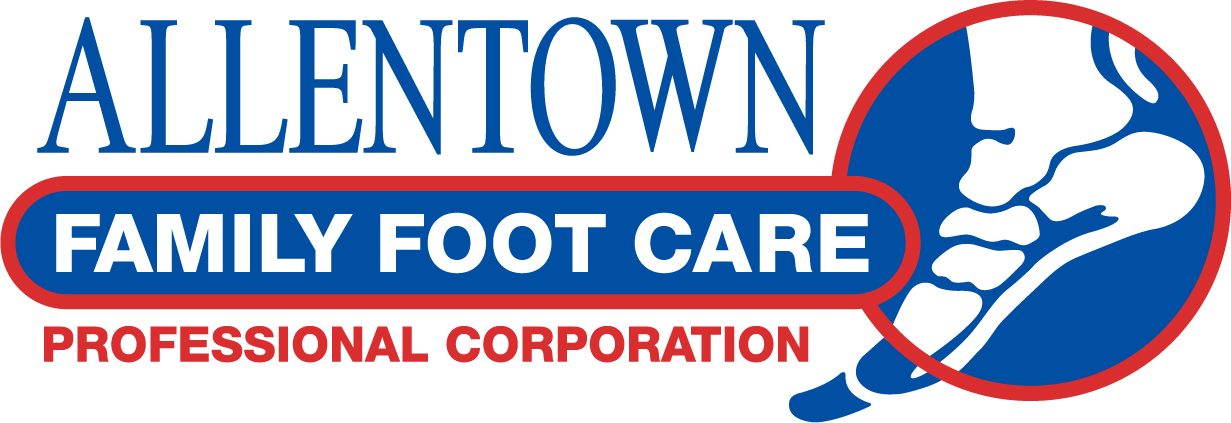Gear up for an exciting season of fall sports! Whether it’s soccer, football, cross-country, or any other sports, it’s essential for parents, coaches, and athletes to be acutely aware for the potential foot, heel, and ankle injury that may occur during these activities. Let’s explore the importance of preventing injuries and discuss preventive measures and treatment options to keep our athletes healthy and on the field!
Understanding Common Foot, Heel, and Ankle Injuries:
Fall sports often involve a lot of running, jumping, and sudden movements, putting significant stress on the feet, heels, and ankles. Some of the most common injuries include:
- Ankle Sprains: Occur when the ligaments that support the ankle are stretched or torn due to sudden twists or rolls.
- Plantar Fasciitis: A condition in which the tissue connecting the heel bone to the toes becomes inflamed, leading to heel pain.
- Achilles Tendonitis: Inflammation of the Achilles tendon, which connects the calf muscles to the heel bone.
- Stress Fractures: Tiny cracks in the bones of the foot or ankle, often caused by overuse and repetitive impact.
- Sever’s Disease: A growth plate disorder affecting young athletes, typically between ages 8 and 14, causing heel pain.
Prevention is Better Than Cure:
Preventing foot, heel, and ankle injuries is crucial for the long-term health and performance of young athletes. Here are some preventive measures to consider:
- Proper Warm-Up: Encourage athletes to perform dynamic stretches and warm-up exercises before practices and games to prepare their muscles for physical activity.
- Adequate Footwear: Ensure that children wear well-fitting athletic shoes appropriate for their specific sport, offering ample support and cushioning.
- Controlled Training: Gradually increase training intensity and duration to avoid overuse injuries and stress fractures.
- Strength and Balance Training: Implement exercises that target the muscles supporting the feet, ankles, and heels to improve stability and reduce the risk of injury.
- Rest and Recovery: Encourage athletes to take adequate rest between training sessions and games to allow their bodies to recover and heal.
The Importance of Immediate Treatment:
Despite all precautions, injuries can still happen. When a foot, heel, or ankle injury occurs, prompt and appropriate treatment is essential to prevent further damage and ensure a speedy recovery. Here are some general guidelines for treatment:
- R.I.C.E Method: Rest, Ice, Compression, and Elevation are the first steps in managing acute injuries to reduce pain and swelling.
- Seeking Professional Help: Consult Team AFFC or a sports medicine specialist to properly diagnose and treat the injury.
- Physical Therapy: Engaging in a supervised rehabilitation program can help young athletes regain strength, flexibility, and mobility.
- Proper Footwear: Make sure the child wears supportive shoes that aid in the healing process and prevent exacerbation of the injury.
Conclusion:
Fall sports offer children valuable opportunities to stay active, learn teamwork, and develop essential life skills. However, it’s vital to prioritize their safety and well-being by understanding the risks associated with foot, heel, and ankle injuries and implementing preventive measures. By promoting a culture of proper warm-up, appropriate footwear, and timely treatment, parents and coaches can help young athletes enjoy their sports season to the fullest while minimizing the risk of injuries and ensuring their long-term health on and off the field.
